Research

Research
On this page you can find information about ongoing research in the group.
Martin Florian Timotheus Haßler, PhD Student
The goal of this PhD thesis is the determination of the elastic properties of carbon fibers for temperatures up to 2000°C. A small diameter (approx. 10µm) poses a rather challenging situation for the determination of their temperature. The difficulty in measuring the lateral strain lies in the tiny changes in diameter, which are expected to be in the range of a few nm. Therefore, it is necessary to develop and build new measuring devices for temperature and lateral strain.
Katharina Holzweber, Dissertantin
Alkali-Boratgläser haben die besondere Eigenschaft der schnellen Ionenleitung und besitzen daher großes Potential zukünftig als Energiespeicher zu dienen. Um die Transporteigenschaften besser zu verstehen, ist die Analyse der mittleren Reichweite der Glasstruktur von Bedeutung. Die Strukturanalyse von Alkali-Boratgläsern bildet daher die Grundlage meiner Masterarbeit und ist Ausgangpunkt für weitere Diffusionsmessungen.
Anhand von Röntgendiffraktometrie- Messungen werden Strukturfaktoren, Paarverteilungsfunktionen und Koordinationszahlen ermittelt, die eine Aussage über die Struktur auf atomarer Ebene liefern. Bei der Messmethode der Röntgendiffraktometrie werden Röntgenstrahlen an der Probe gestreut. Die Intensitätsverteilung der gebeugten Strahlen wird mit einem Detektor erfasst und mit dem Programm pdfgetx2 ausgewertet. Das Programm pdfgetx2 liefert den notwendigen Strukturfaktor und die Paarverteilung.
Boratgläser mit verschiedenen Alkaligehalt werden in unserem Labor hergestellt und für die Messungen vorbereitet. Die Proben wurden auf der Technischen Universität in Wien am "Panalytical" - Röntgendiffraktometer und am Elektronensynchrotron (PETRA III) in Hamburg gemessen. Zusätzlich wird die Dichte, Glasübergangstermperatur und die Leitfähigkeit der Proben bestimmt.
Diese Arbeit wird finanziert durch den Austrian Science Fund (FWF): P28232-N36
Erhard Schafler, ao. Univ. Prof.
Bulk Nanocrystalline Metals and Alloys
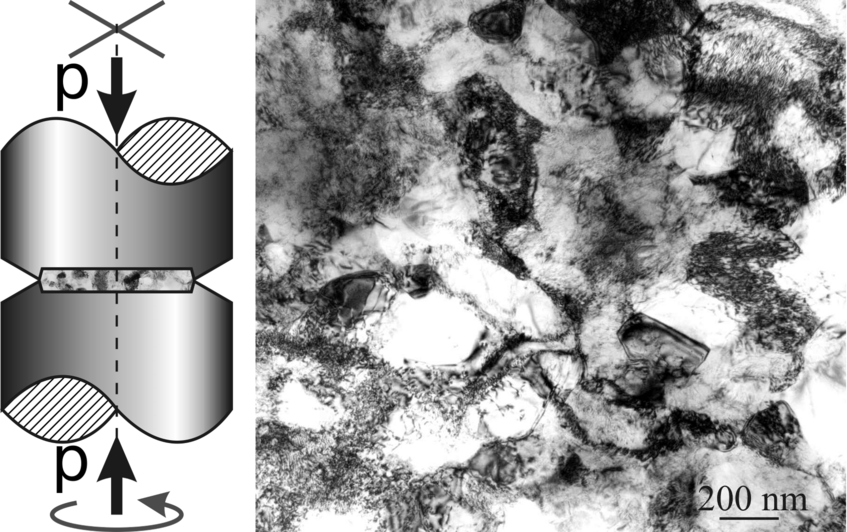
Bulk Nanocrystalline Metals and Alloys
The nanostructuring of bulk metallic materials is obtained by top-down structuring using extremly large strains achieved by plastic deformation under enhanced hydrostatic pressure ("Severe Plastic Deformation, SPD"). Therfore "High Pressure Torsion, HPT" is primarily used as hydrostatic pressure can be varied and strain can be applied continuously and unlimited. Subsequently the measurement & understanding of the increased mechanical properties (strength, ductility, fatigue strength, fracture thoughness) as a function of grain size and annealing treatment is of main interest.
Functional properties of nanostructured materials
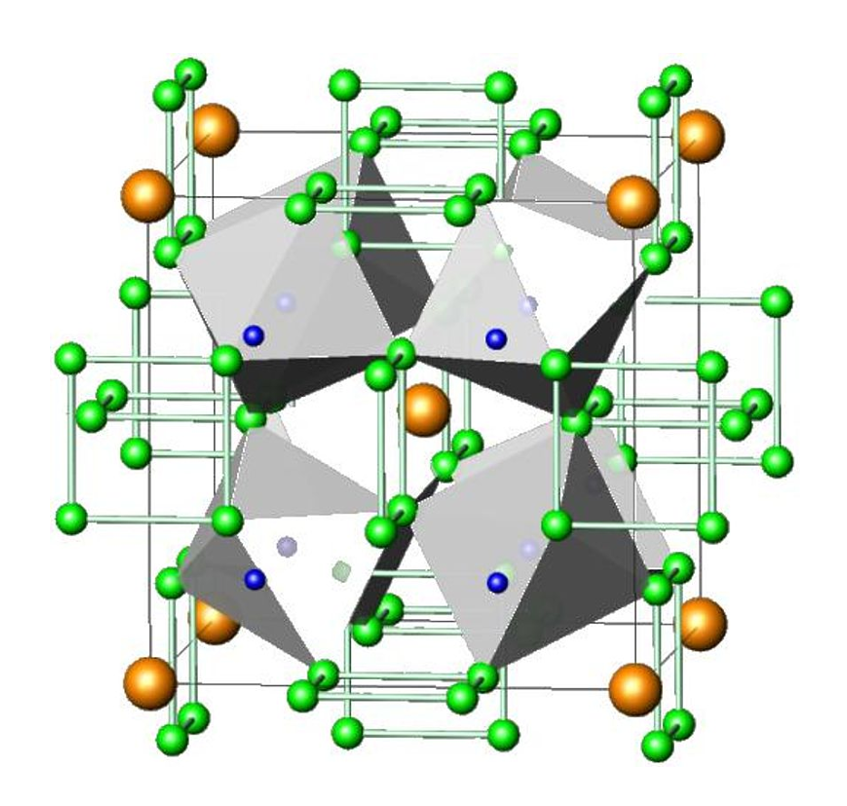
Functional properties of nanostructured materials
The improvement of following functional properties of materials by applying by severe plastic deformation is investigated:
- Hydrogenated nanomaterials: processing by SPD; hydrogen storage, ab- and desorption, stabilization of lattice defects by hydrogen
- Thermoelectric nanomaterials: chemical synthesis, processing by ball-milling and SPD, structural analysis and characterization, thermoelectric properties
High Entropy Alloys (HEA)
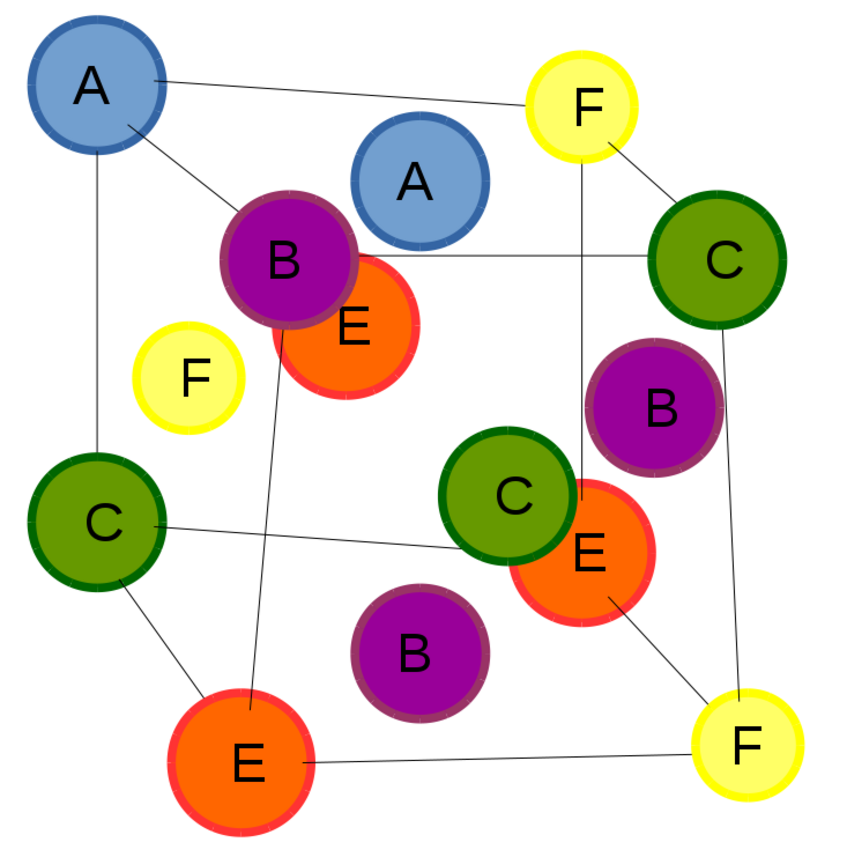
High Entropy Alloys (HEA)
These are materials that consist at least of 4-5 alloying-partners/elements in equal amount. Due to Gibbs free energy of formation (ΔG) and the high configurational (mixing) entropy the material may crystallize in one single phase, mostly with high symmetry (fcc or bcc).
The HEAs exhibit high strength, good ductility, increased low temperature deformation properties, good corrosion resistance and also good fatigue properties are predicted. However, many basic principals are not investigated yet, especially with regard to the many different alloys that can be constructed.
Plasticity of Polymers
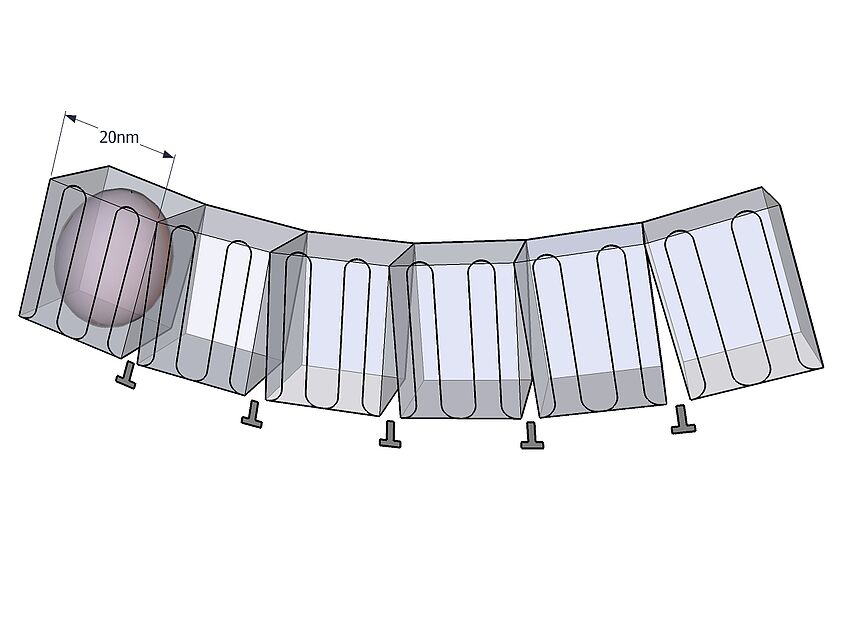
Plasticity of Polymers
The microstructural features and mechanisms of plastic deformation in polymers with semi/nanocrystalline and amorphous structure are investigated with respect to dislocation dominated plasticity in the crystalline phase.
Bogdan Sepiol, ao. Univ.-Prof.
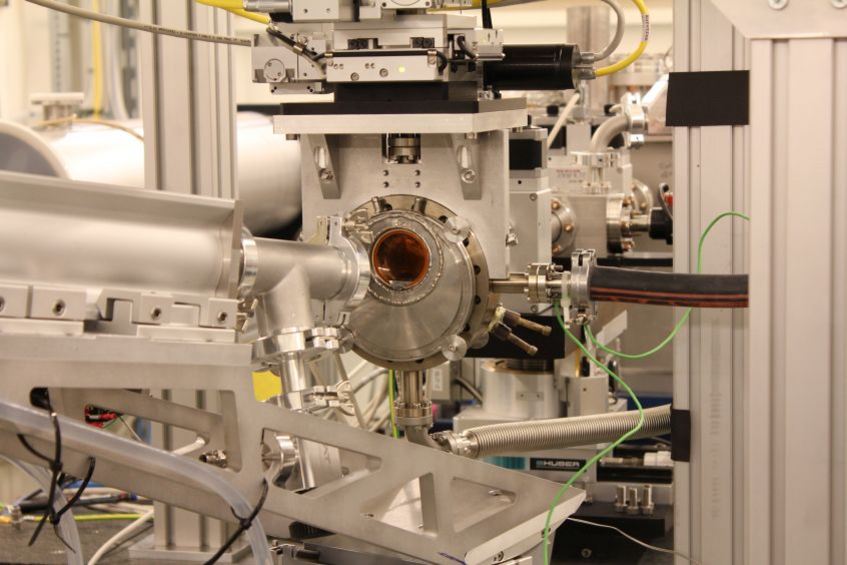
Experimental setup for an aXPCS experiment at DESY.
Bogdan Sepiol, ao. Univ.-Prof.
My key research area is the study of the properties of materials, like the dynamics (diffusion and phonons) and kinetics of condensed systems, in particular metallic films, intermetallic alloys, as well as metallic glasses and fast ionic conductors, by scattering and by simulation techniques. The focal point is the dynamics of atomic diffusion processes which means the process of atomic movement in solids. The knowledge of these processes is the key to the fundamental understanding of many essential material properties. Important influences are for example how often atoms change their place and to which lattice position they prefer to jump.
The efficient combination of computer simulations and experimental methods like X-ray diffraction make it possible to examine these processes on a whole new level. Especially the extension of the scattering methods to new coherent experimental techniques makes it possible to test theoretical models also on the atomic scale. The measurements are usually done at large-scale research facilities like the ESRF in Grenoble or PETRA III in Hamburg. The radiation available in such facilities fulfills the requirements of coherence, intensity and brilliance which are necessary in these kind of experiments.
